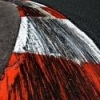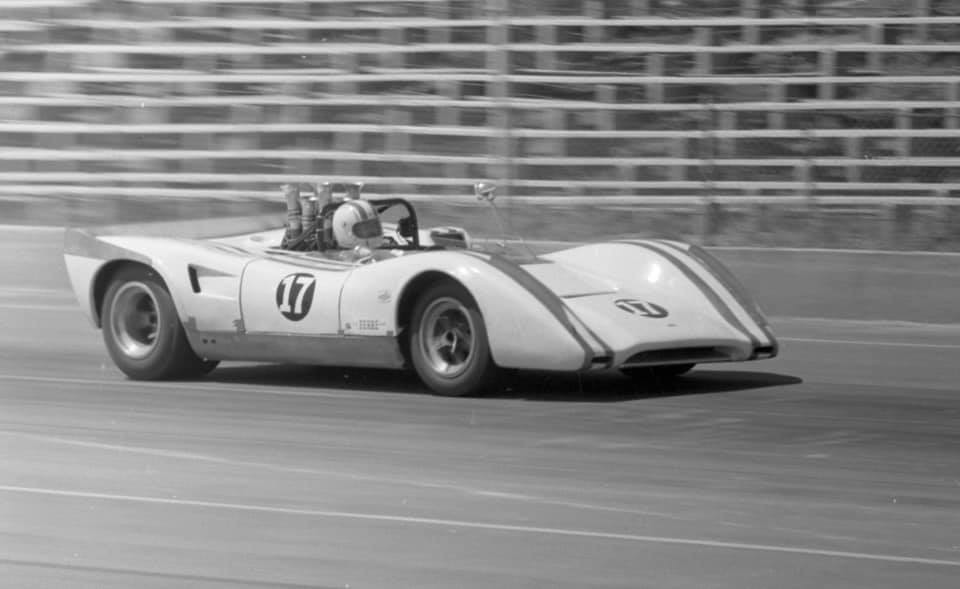Acid dipping panels was a cheat. But I doubt they ever did engines.
A milling program removed a good deal of surplus iron Both inside and outside.
Canam was initially mostly ex 5000s, so mostly 5 litre Chevs.
I am going by an old memory and probably read it in Donohue's Unfair Advantage, but it could have been in another article forty years ago; Penske did stuff no one else did..
The early advantage, besides cyiinder heads, Chevy had was the Mouse small block could be enlarged to displacement the small block ford could not.
347 inches is the safe limit for the original small block Ford .
Ford did win some pre-USRRC and Can-Am Group 7 races, with non-Weslake heads,
I am sure those heads were unobtainium heads just as Chaparral had unobtainium engines from Chevy.
At that time though, small , small-blocks were the norm but 1965 was the end of that as first 333, then 366 Chevys became the norm.
The Can-Am that ran 305 small blocks was the bastard series that came after they killed the original.
Pontiac also had Tunnel-Port engines, the SCCA had problems with those, especially the short-deck blocks that suddenly appeared.
Do not know if Minter had a milled block in 1972,, but I know the gents that ran Pontiacs, and other makes, in the short lived NASCAR pony series , 1968-1971 , did use components that SCCA scrutineers said no to, which was why Jim Pascal's Javelin, was winning already in 1969, plus gents in that series were successful with the 302 Tunnel Port Fords in 1968.
Edited by Bob Riebe, 20 September 2020 - 04:56.




















